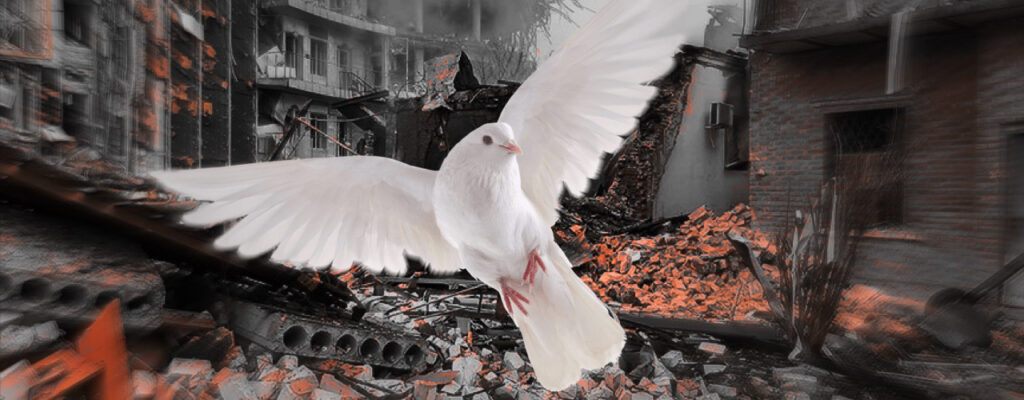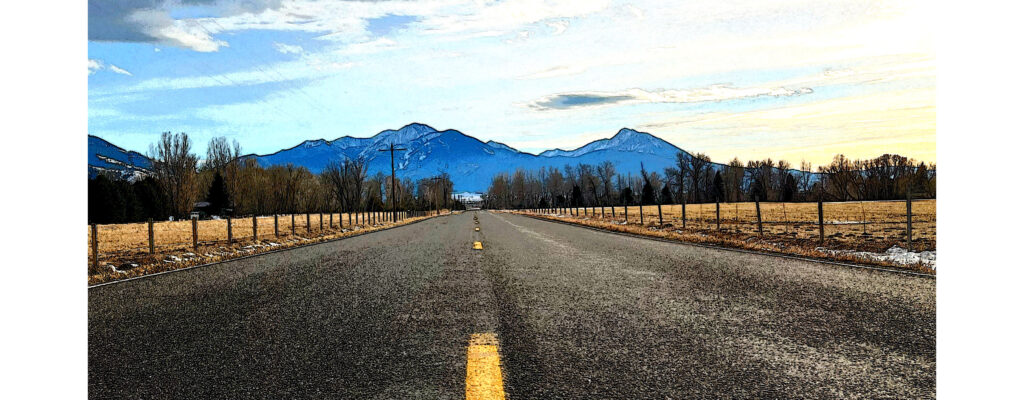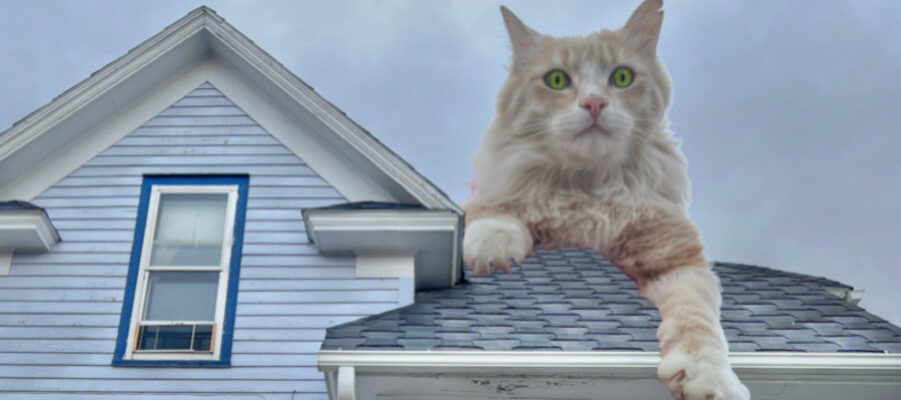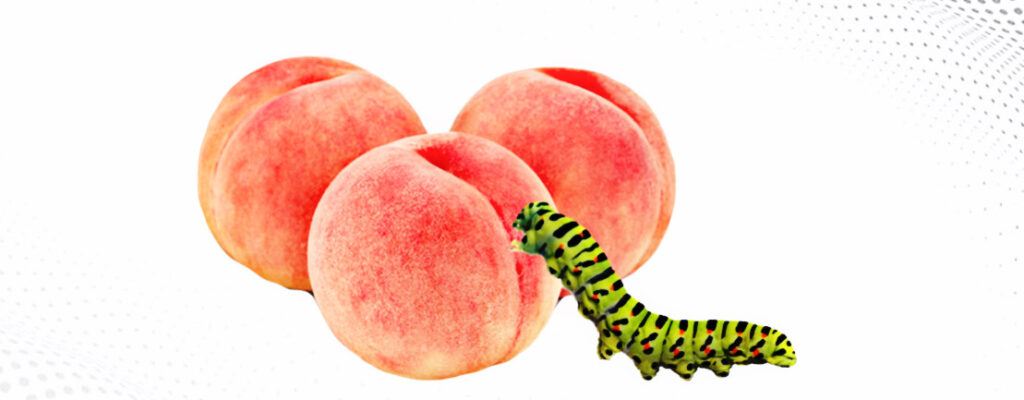It is with weary eyes that I watch the seemingly endless parade of Ukrainian refugees plodding along rubble-strewn streets, clamoring over half-destroyed bridges, and leaving their lives and homes behind as they look to an uncertain tomorrow. Their hearts are heavy with grief, their bodies and souls tortured by circumstance.
It is a trail of tears like so many that have been created in the course of conflict.
Millions have found refuge in the neighboring countries of Poland, Romania, Moldova, Slovakia, Hungary. Others are still boarding the trains and buses that will provide transportation for broken families to unknown destinations.
It seems from what I’ve been able to glean from a variety of news sources that the Ukrainians are not so much fleeing their country as they are seeking safe haven from an enemy whose attacks on the nation are aimed more at civilian targets—businesses and warehouses, schools, hospitals, residences, monuments, churches, and synagogues—than at strategic military installations. They don’t want to leave their homes and country. The Ukrainians are blowing up their own bridges to slow convoys of Russian troops and their tools of war. In its eighteenth day of conflict, the 40-mile column of offensive vehicles has been widely dispersed.
They are making Molotov cocktails and learning to use the government-issued Kalashnikov assault rifles. They are becoming a guerilla force fighting a superior power.
Thus far, the Ukrainians are not losing. They are showing themselves to be a formidable power against the un-caged bear that is Russia.
The Ukrainians, a wise friend suggested this week, seem more in love with democracy than we are. Or perhaps than any country is. Young men see their families off to safety, while they stay behind to fight for their country. Older men join the fight, as well as women of varying ages—all in the hopes of saving their country. Their sacrifice is what a free country’s people do.
Most of us can hardly imagine the terror and trauma of displacement. How, I wonder, does one react to the reality of leaving everything behind. The bags, backpacks, and suitcases we’ve seen being carried by the refugees: what’s in them? A clothing change or two, a cherished wedding gift, a photo album. The small children clutch a favorite toy, perhaps a stuffed animal that fuels the imagination, offers warm comfort, and provides the memories of a better time. They are something cuddly to be hugged while trying to sleep on a folding cot in a subway tunnel or gymnasium.
This invasion of Ukraine by Russian forces is the work of Vladimir Putin, president of Russia and a career KGB operative during the Soviet era. His ambition seems to be to restore the USSR by taking back lands that were once controlled by Moscow. With it, of course, come the spoils of war. It is not difficult to imagine Putin invading Poland, the Baltic states of Estonia, Lithuania, and Latvia, and then, perhaps, Finland and Sweden, neither of which are NATO (North Atlantic Treaty Organization) signatories.
Of course, any move against Poland or the Baltic States would be met with the invocation of Article Five of the treaty, which states that if an armed attack occurs against one of the member states, “it shall be considered an attack against all members, and other members shall assist the attacked member, with armed forces if necessary.”
This is how we all should offer solace and protection to our neighbors. If one person is under siege then we all are.
But this war seems to have much to do with the annihilation of the Ukrainian people. So-called humanitarian corridors have been routinely attacked, as have the country’s food supplies. It hauntingly mirrors the 1932-33 Ukrainian famine which claimed 3.9 million people. This was no act of blight or drought; rather, it was caused when Stalin wanted both to replace Ukraine’s small farms with state-run collectives and punish independence-minded Ukrainians who posed a threat to his totalitarian authority. Crops of Europe’s breadbasket were either stolen for the Motherland or burned.
The targeting of non-military installations further indicates Putin’s interest in obliterating the land and its structures.
Putin, the 21st century embodiment of evil, justified his move into Ukraine by falsely citing Nazi forces at-large in that country, a country led by a Jew, President Volodymyr Zelenskyy, who was elected with a 70 percent majority. Antisemitism, in that sense, seems of no more concern than that which is normal. Lately, Putin is suggesting, wrongly, that Ukraine is preparing to use chemical or biological warfare to justify his own use of such weaponry. It’s a playground taunt, a bullying act by a tyrant.
The 5’5” Putin, who is 69 years old, has also not taken nuclear attack off the table.
America has been asked to intervene. President Joe Biden has declined, saying that our involvement—either by land or air—would potentially lead to a third world war.
It seems to me that we’re already on the brink of such a heinous situation. Escalation will in all likelihood come to the eastern edge of Europe over the coming days or weeks. The narcissistic Putin will never admit defeat. The laying down of arms just isn’t in his wheelhouse.
While America has provided humanitarian and military aid to Ukraine, it seems to me we need to ratchet it up a bit. I’m generally opposed to boots on the ground, but I’m not opposed to helping develop a no-fly zone for the Ukrainian people. We have sophisticated drones and aircraft that could bring the bear to its knees. And for the sake of humanity, we need to aid in the stopping of the enemy.
This is not comparable to our conflicts in Korea, Vietnam, or various other countries. I don’t think that helping to secure a democratic state from a blood-thirsty tyrant is anything more than just the right thing to do.
Photo illustration by Courtney A. Liska
Chicken Kyiv
This was a classic restaurant dish in the fifties and early-sixties. It’s delicious.
1/4 unsalted butter
1 Tbs. fresh parsley, plus more for garnish
1 small bunch fresh chives or scallions
2 cloves garlic
1 tsp. kosher salt, divided
4 boneless, skinless chicken breasts
1/4 tsp. freshly ground black pepper
1 1/2 cups panko breadcrumbs
2 large eggs
1 Tbs. water
1/2 cup all-purpose flour
4 cups vegetable oil, for deep frying
Cut butter into 1/2-inch cubes. Place in a medium bowl and let sit at room temperature until softened, about 45 minutes.
Finely chop fresh parsley leaves and chives or scallions. Mince garlic cloves. Add salt and mix into the butter until well-combined.
Spoon the seasoned butter onto a piece of plastic wrap and roll into a 1-inch-thick log. Wrap tightly and freeze until firm, at least 30 minutes.
Meanwhile, pound chicken breasts to an even 1/4-inch thickness. Take care not to split or break apart the chicken breast.
Remove the butter from the freezer. Cut in half lengthwise, then cut each piece in half crosswise, for 4 even pieces.
Roll and wrap one piece of chicken at a time: Place one piece on a sheet of plastic wrap. Season with kosher salt and a few grinds black pepper. Place a piece of compound butter in the center of the chicken breast. Tightly roll up the chicken, tucking the short sides in as you go. Tightly twist the ends of the plastic wrap to create a log shape.
Place the wrapped chicken seam-side down on a plate. Freeze until the bottoms are slightly firm and hold together, about 30 minutes. Meanwhile, arrange a rack in the middle of the oven and heat oven to 400º. Fit a wire rack inside a rimmed baking sheet.
Place 1 1/2 cups panko breadcrumbs in a shallow bowl or pie plate. Place 1/2 cup all-purpose flour on a large plate. Whisk 2 large eggs and 1 tablespoon water together in a second shallow bowl until evenly combined.
Unwrap the chicken. Working with one piece at a time, dredge completely in the flour, then dip into the egg, and thoroughly coat with the breadcrumbs. Return to the plate.
Heat 1/2-inch vegetable oil in a large cast iron skillet (about 4 cups in a 12-inch skillet) to 350ºF. Add 2 chicken breasts and cook until golden-brown all over, 2 to 3 minutes per side. Transfer to the rack and repeat with the remaining 2 pieces of chicken. The chicken will not be cooked through.
Bake until the chicken is cooked through and registers 165ºF on an instant-read thermometer, 12 to 15 minutes. Let cool 5 minutes before serving. Garnish with the parsley.




![Super Bowl Sunday: [yawn]](https://jimliska.com/wp-content/uploads/2022/02/super-bowl-dollars-640x400.jpeg)




